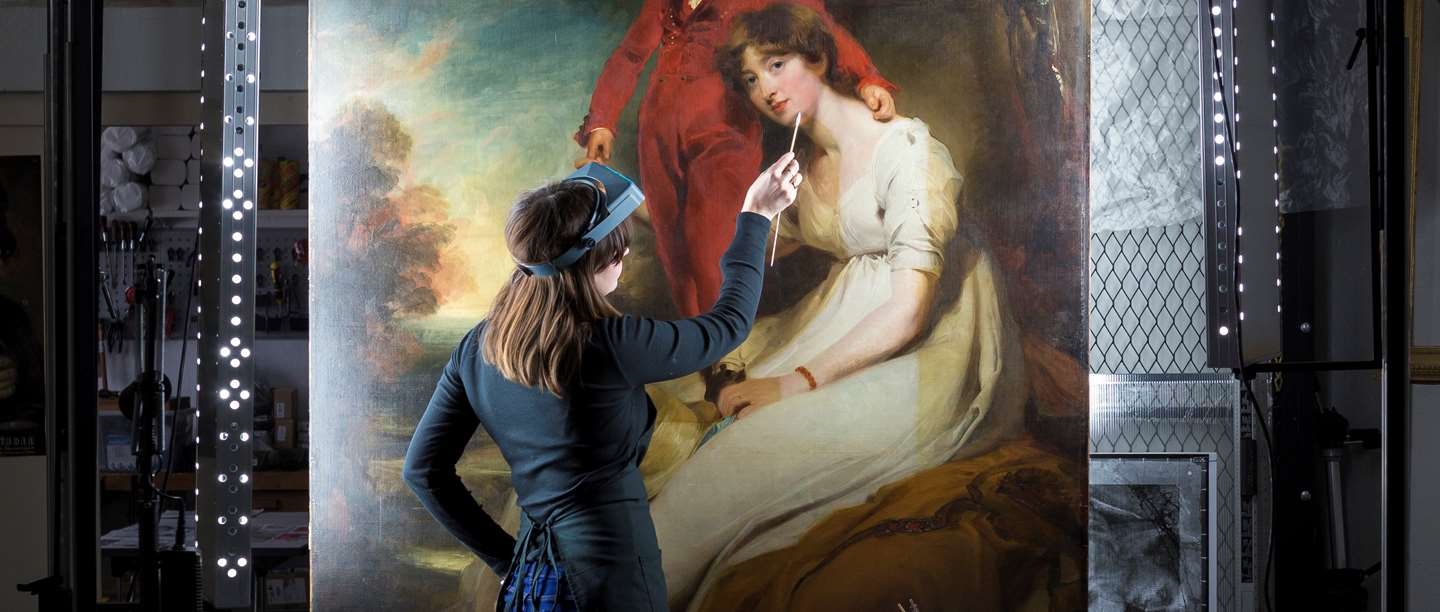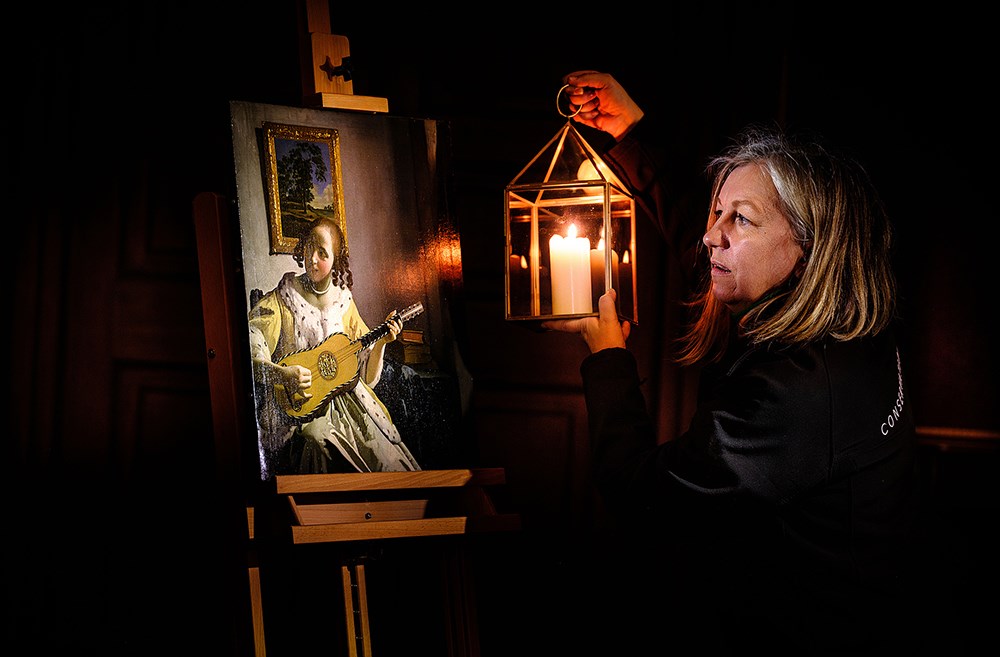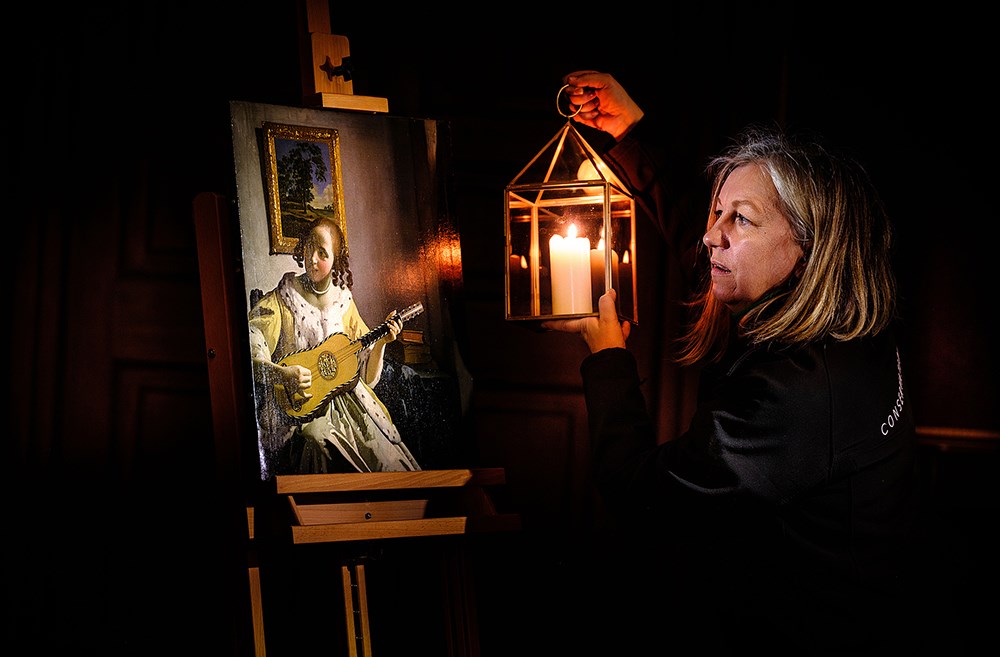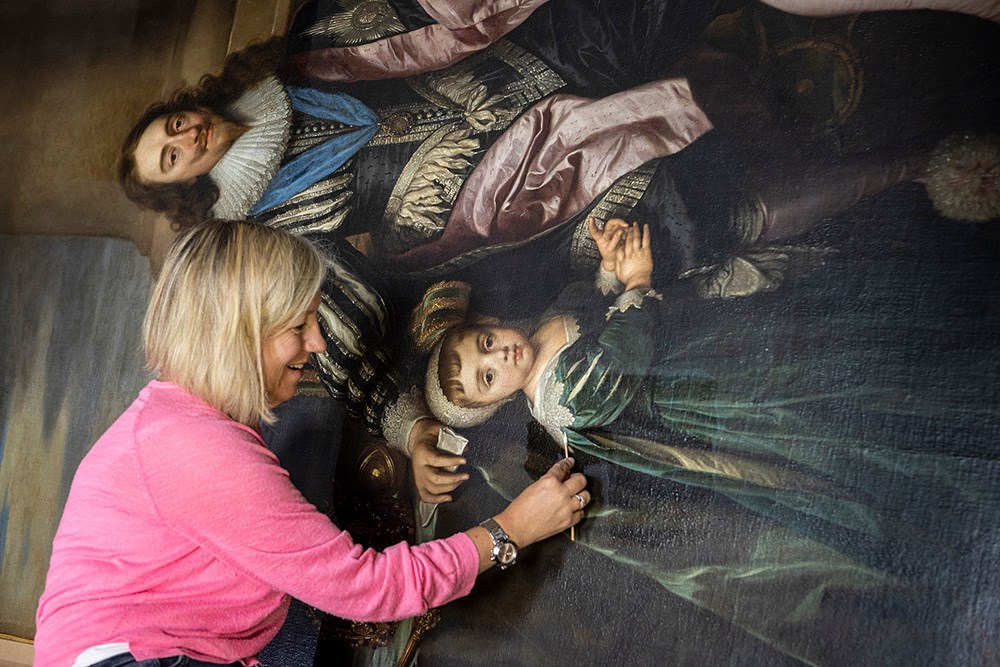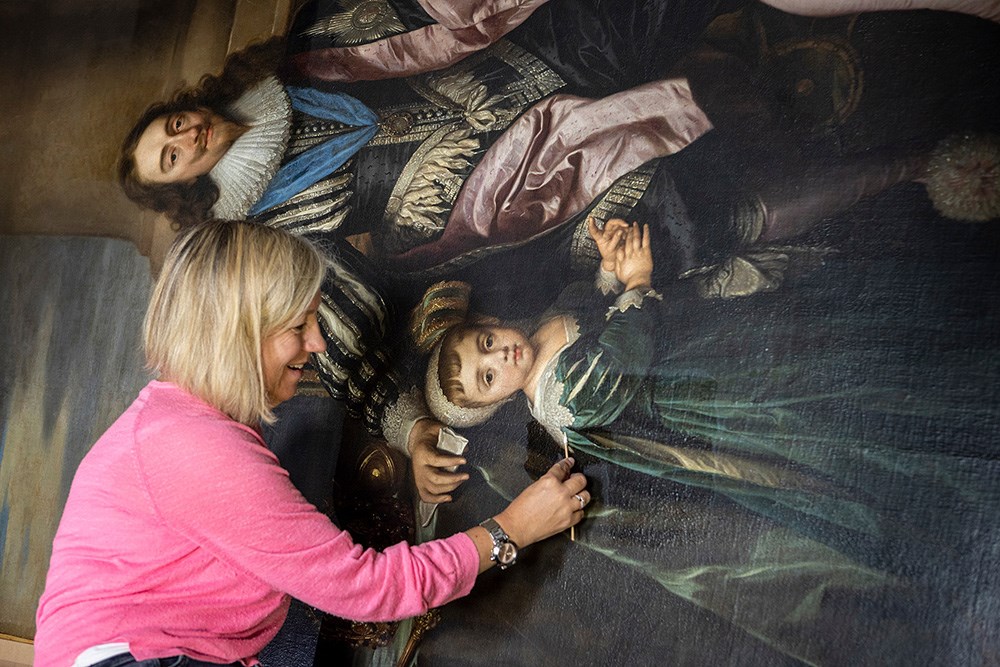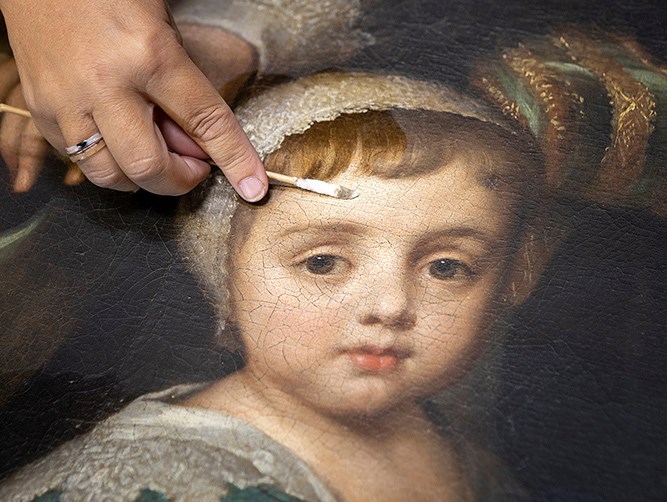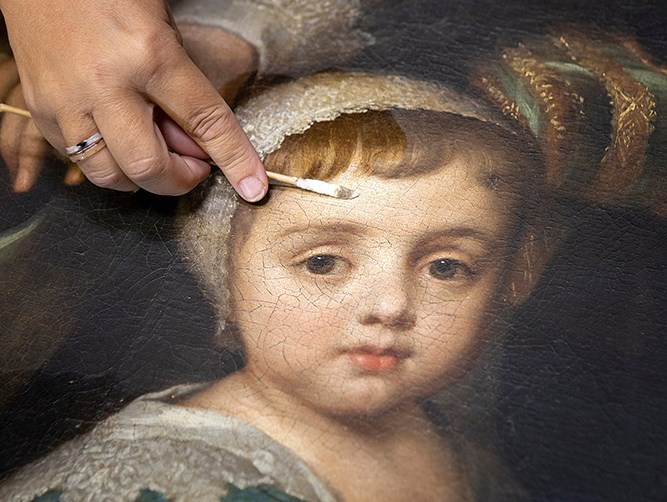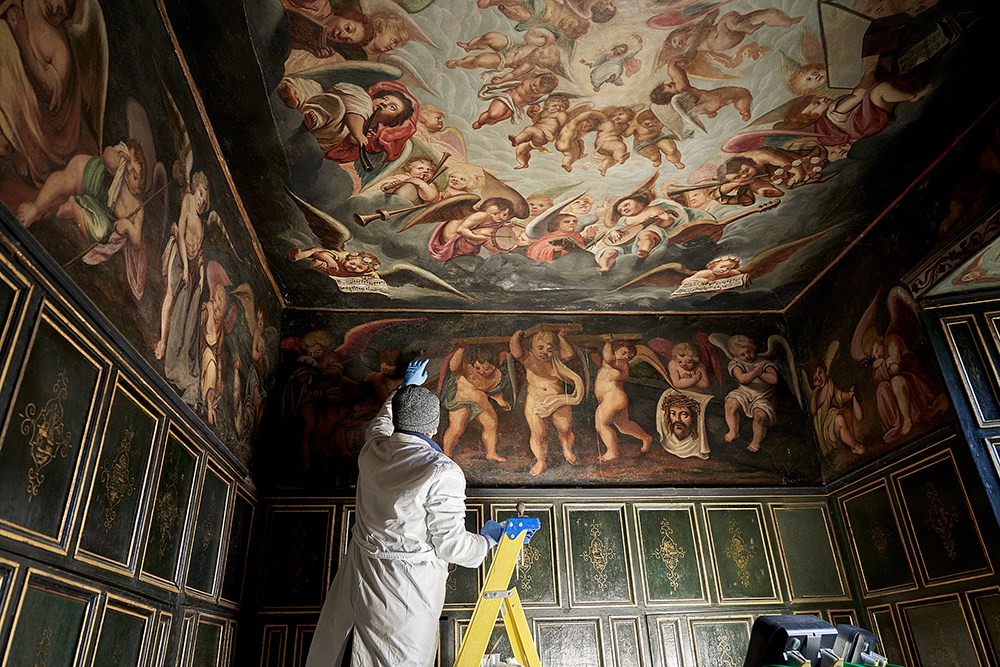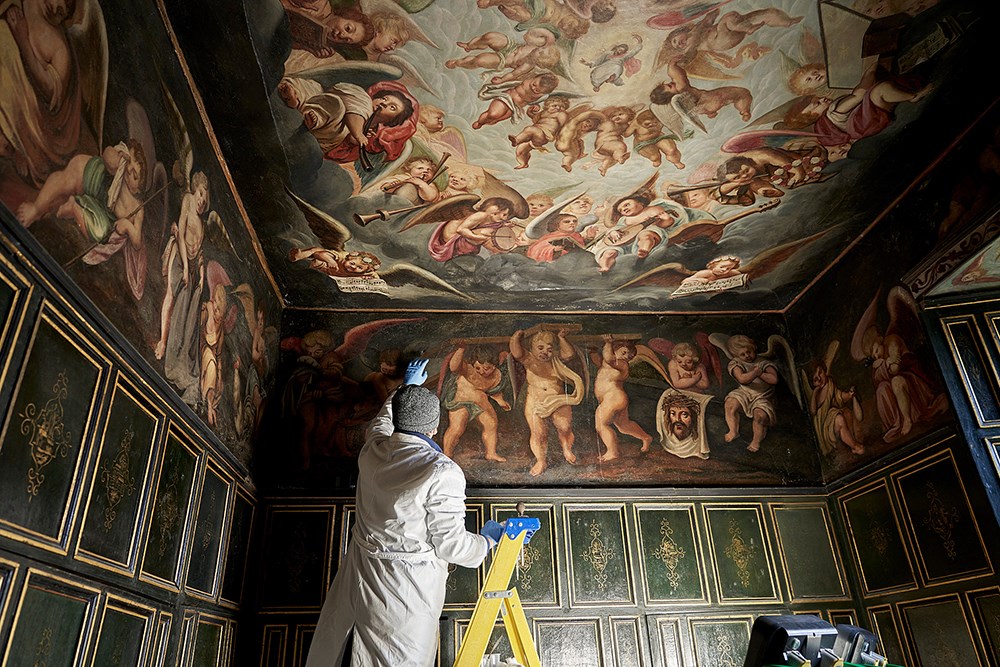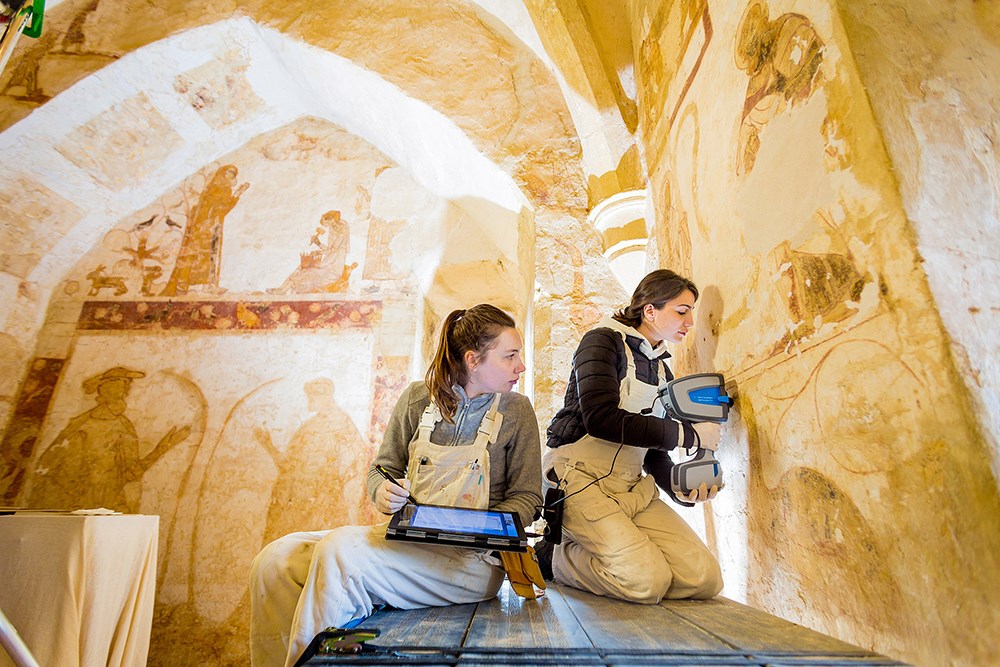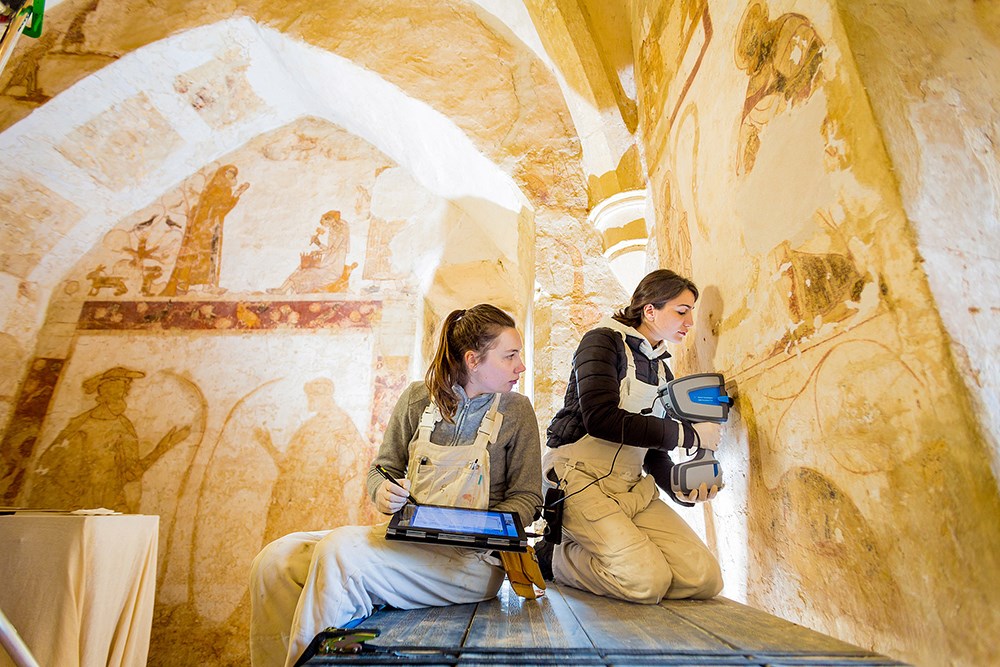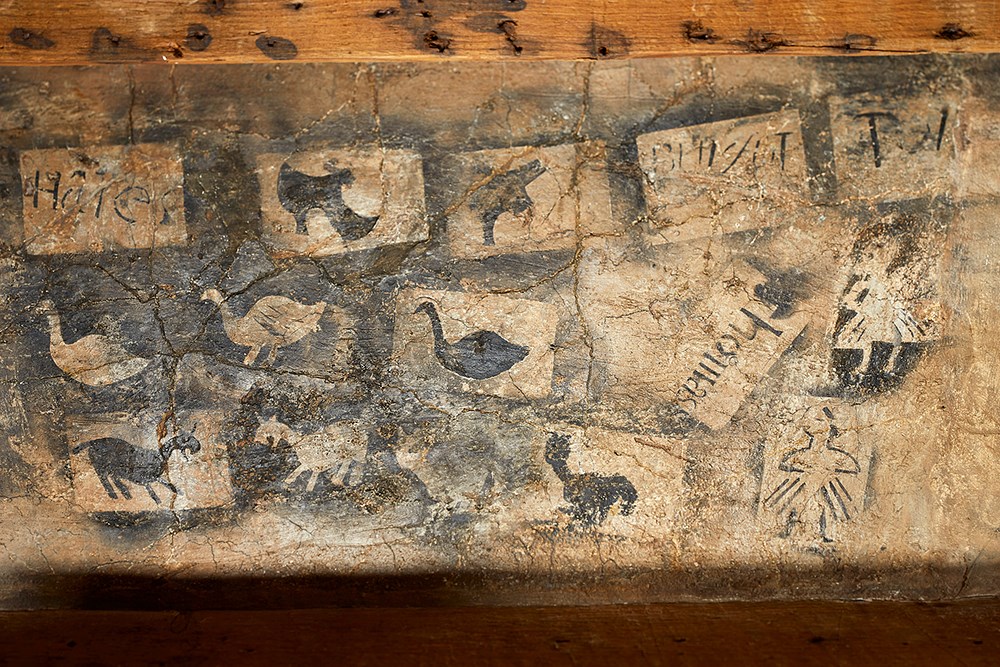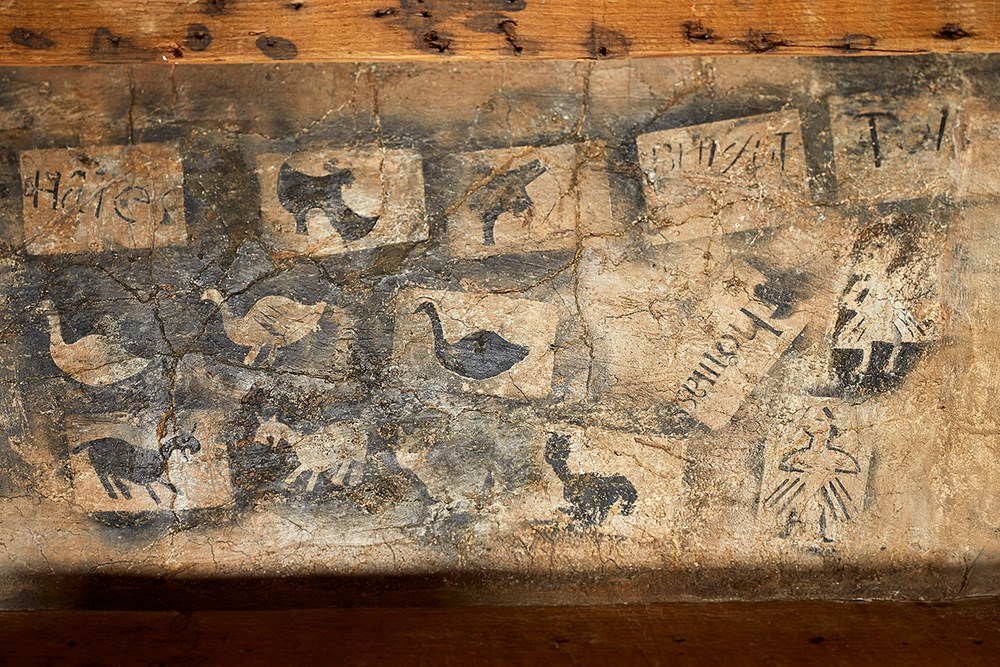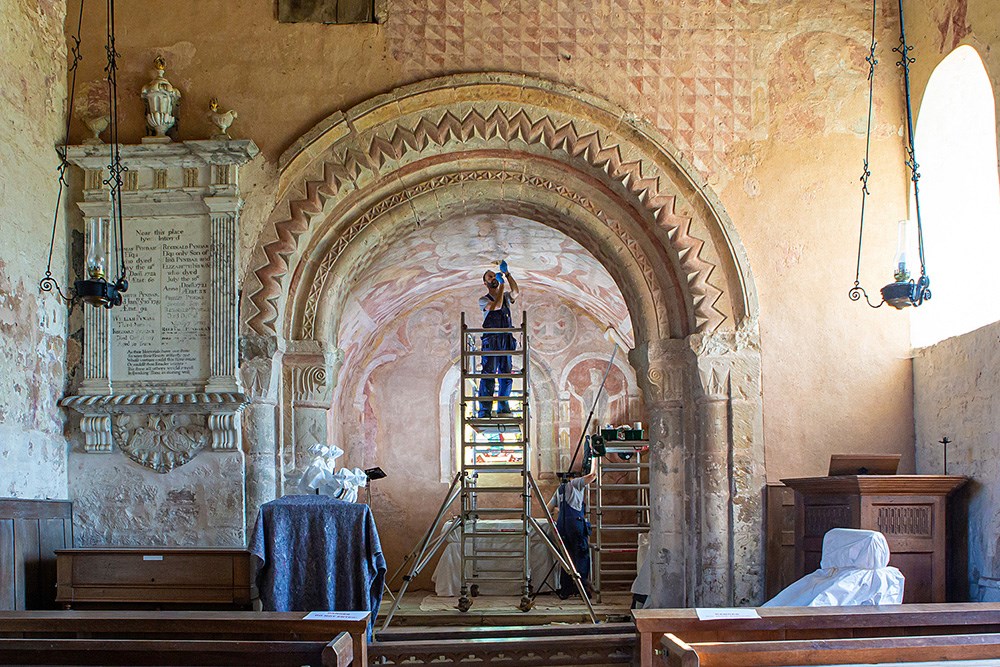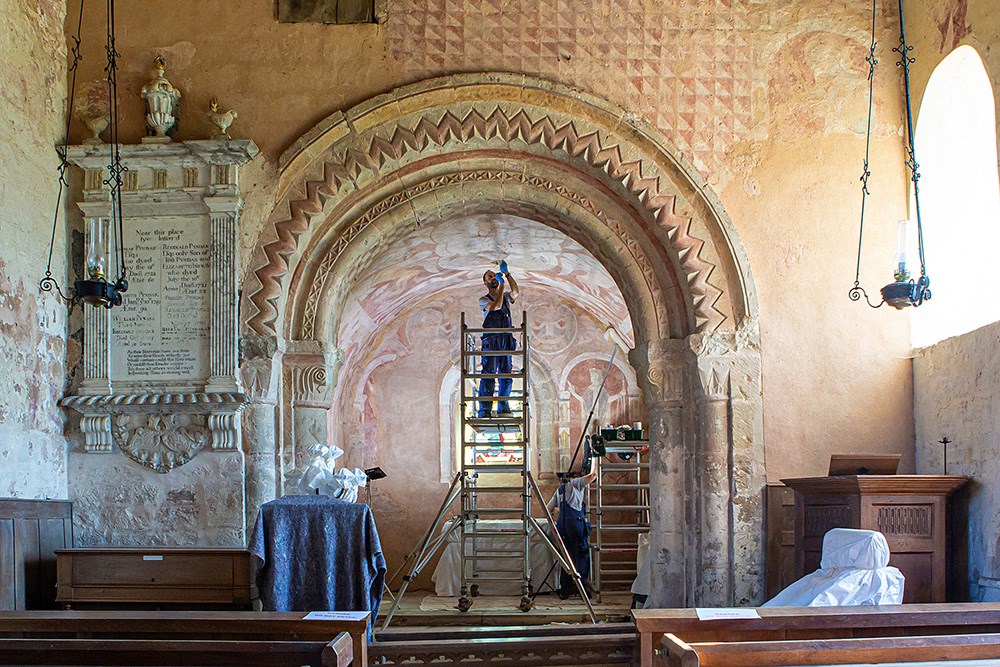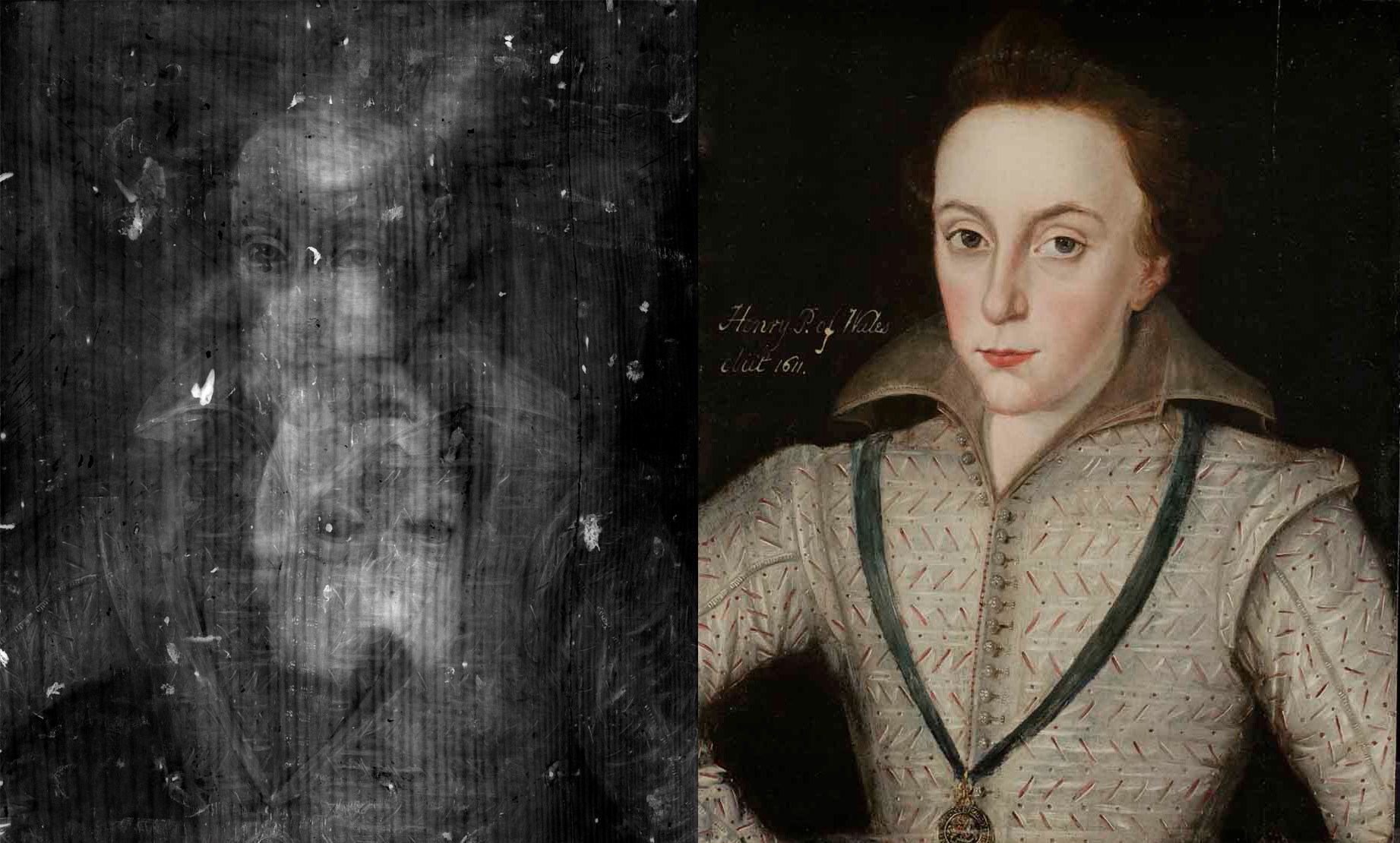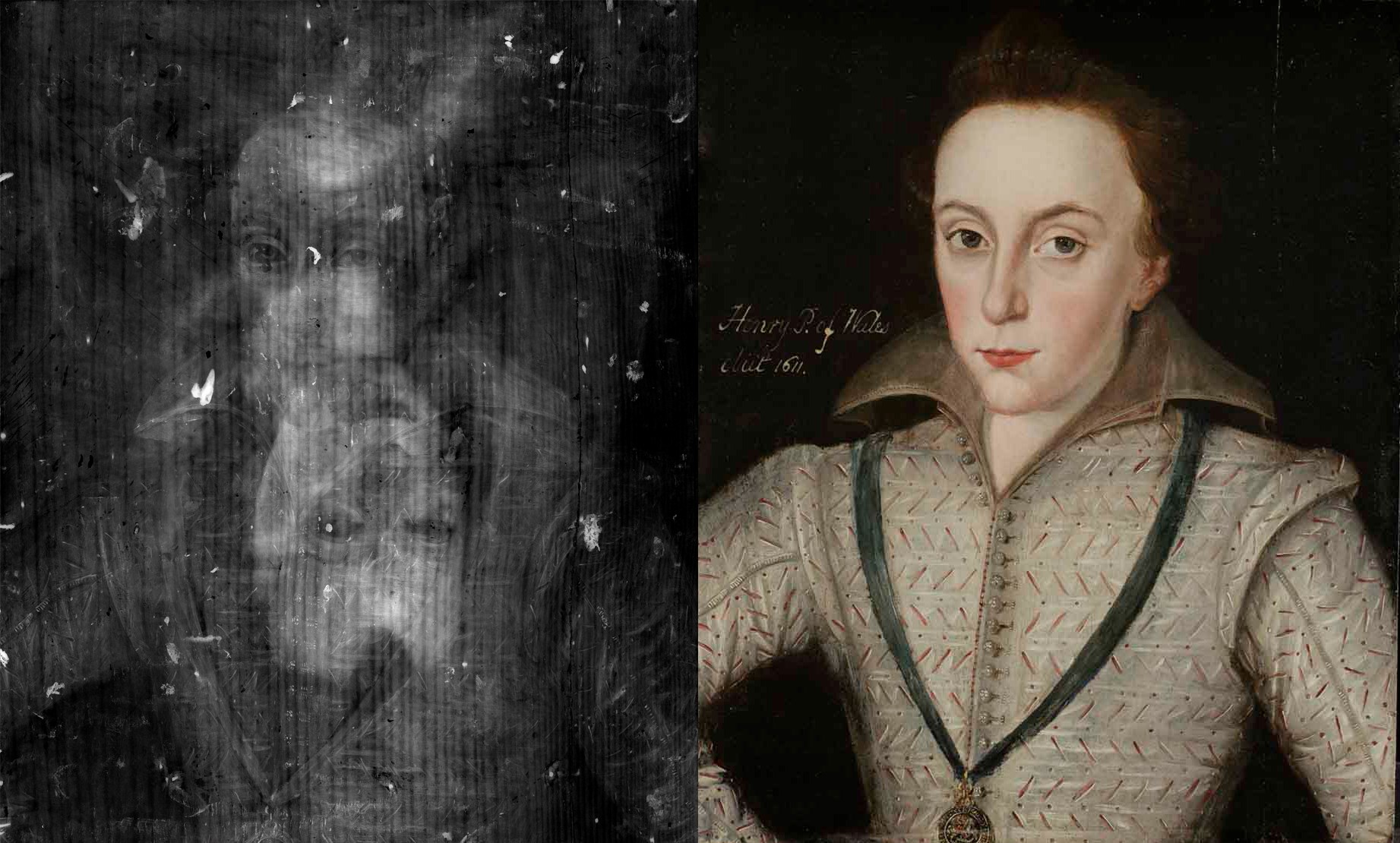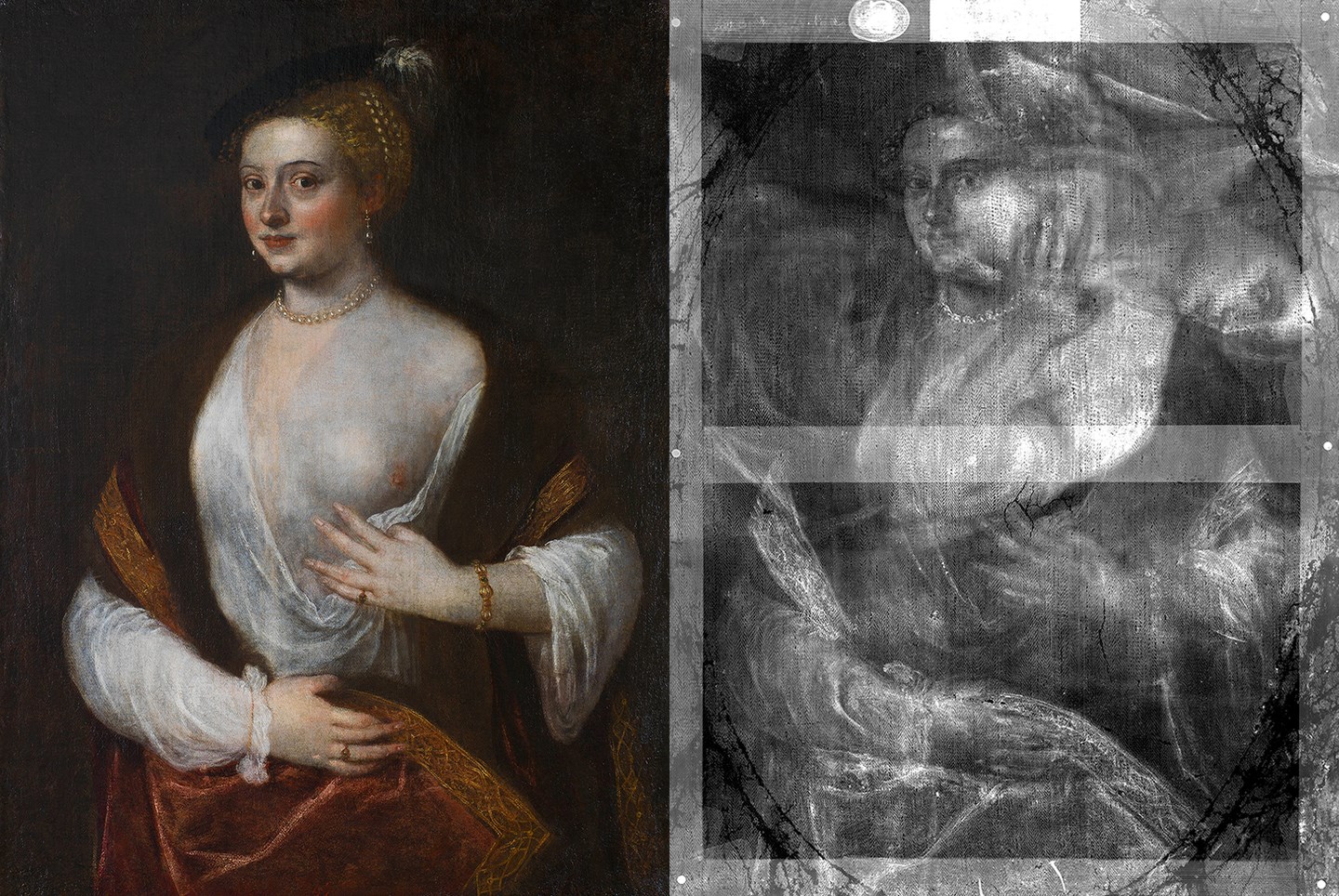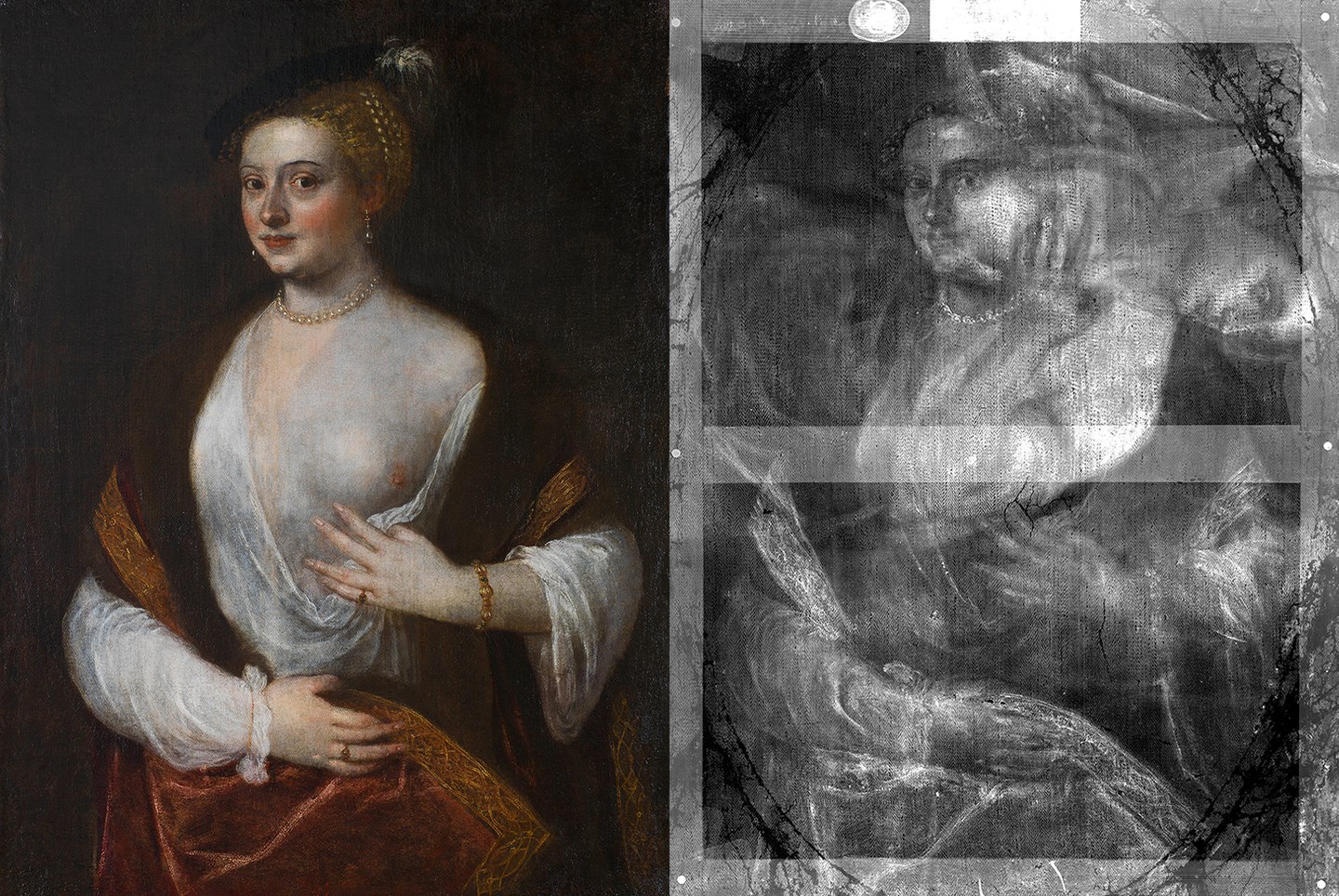Behind the Scenes
Delve behind the scenes and discover how our conservators maintain and protect our fine art collection both on site and in the studio. Hear about the important considerations that must be made before any conservation is started, and see the skill, passion and dedication that goes into this work.
Conservation Stories
Explore some of the works that have been conserved in recent years and see some of the amazing transformations and new discoveries we have uncovered using the latest techniques and technology.
Reynolds at Kenwood
English Heritage cares for many paintings by Joshua Reynolds, one of the most celebrated artists in the history of British art. To understand more about Reynolds as an artist, and in time for his 300th birthday in 2023, we have been closely examining and treating two of Reynolds’s paintings from the Kenwood collection in London. In this short video you can find out more about what we have learnt and some of the unique challenges our conservators faced due to Reynolds’s unconventional technique.
Read more about Reynolds at Kenwood-
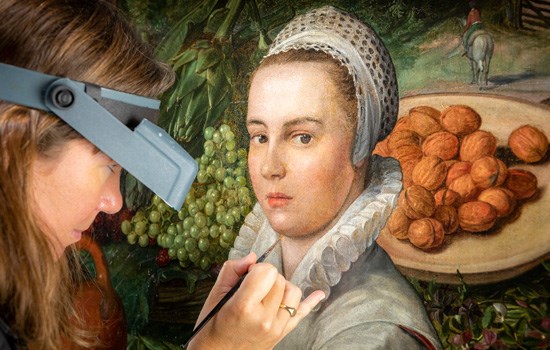
The Vegetable Seller
With new conservation work, technical analysis and research, we have been able to uncover some of the secrets of this mysterious painting which had been languishing in the back of a store room at Audley End for over 40 years.
-
Titian’s Orpheus
In Ancient Greek mythology, Orpheus was a musician so talented that his music could enchant all living things. In this short video, learn more about the Orpheus myth and go behind the scenes during the conservation of Titian’s Orpheus Enchanting the Animals from the Wellington Collection at Apsley House.
-
Botticelli at Ranger’s House
In 2019, two years of careful research and conservation by English Heritage experts came to fruition when a painting formerly believed to be by a copyist of Botticelli was revealed to have come from the studio of the man himself.
-
Huysmans at Wrest Park
In 2018, a 17th-century painting by Jacob Huysmans (c.1633–96) was returned to its ancestral home, Wrest Park in Bedfordshire, after almost 300 hours of conservation. The work revealed the bright and vivid colours for which Huysmans was famous for.
Courtauld Students at Audley
The conservation studio at English Heritage has collaborated with the Courtauld Institute of Art in London for many years, supplying paintings from historic house collections for their students to work on. We recently welcomed five students to help conserve a selection of 17th- and 18th-century portrait paintings from the collection at Audley End House.
The selection of paintings were in varying condition. Their conservation history meant each painting posed a unique challenge for the students. Read more about these challenges, the paintings and their conservation.
Image Courtesy of The Courtauld, Department of Conservation
Read moreExplore more
Explore more of our paintings conservation work through the images below (click on the images to expand for more detail).

